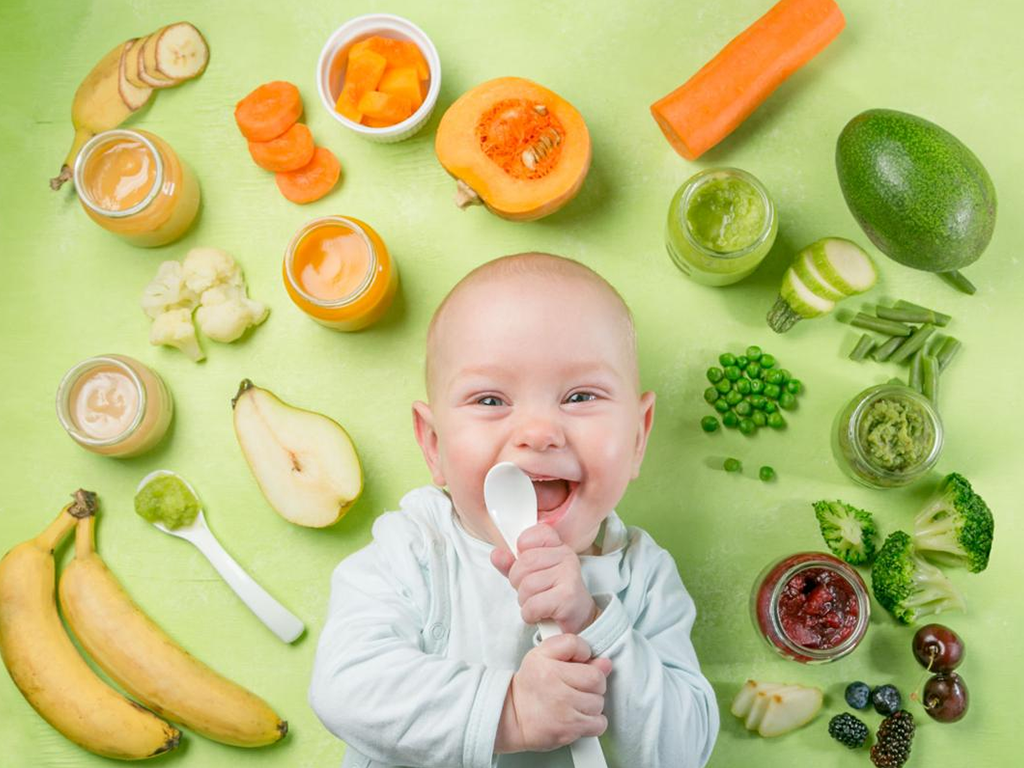Weaning guidelines

Weaning is when a baby moves from breast milk to other sources of nourishment. Breast Milk is adequate to meet the
nutrient requirements of an infant up to four to six months of age, thereafter it is insufficient to sustain normal growth and needs.
Weaning is a gradual process that takes patience.
The characteristics needed in a weaning food are the following
- The food should be rich in calories and adequate in protein, vitamins, and minerals for a rapidly growing infant.
- Right consistency, enabling the child to swallow it easily.
- The food should be easily digested by the child.
- Don’t add artificial colours and flavours to weaning foods.
- Introduction of new foods one at a time is advisable when there is a strong family history of allergy.

In the first weaning stage only small quantities are introduced and breastmilk or formula milk remains the major source of nutrients. The period infant accepts new taste, and familiarity at this stage prevents food rejection later.
Gradually the infant‘s digestive, chewing capacity develops, the strained foods of early weaning can be replaced by less finely chopped foods, with a final transition to solid foods.
The second weaning stage is usually up to nine months, where the baby should be encouraged gradually toward a pattern of three meals per day.
The third weaning stage is from 9 to 12 months. After 9 months, a pattern of three meals per day is appropriate. Food should progress from mashed to minced to a finely chopped texture with a wide variety of foods.
